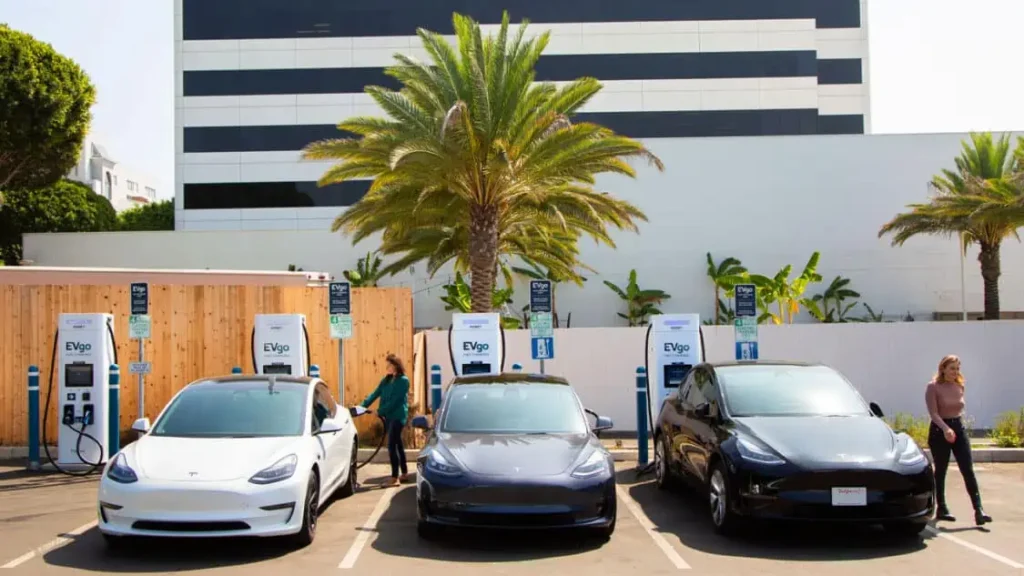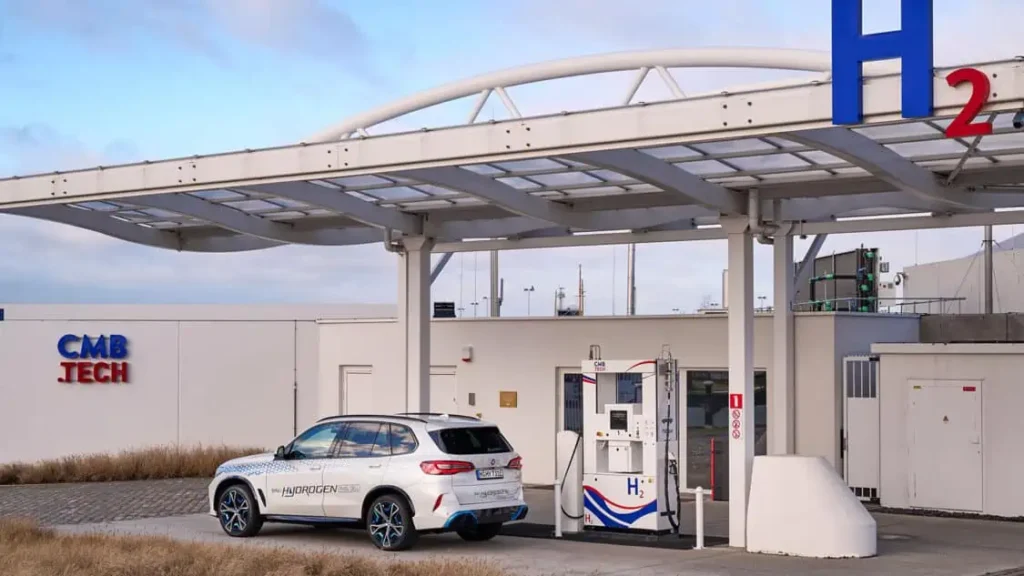CEC Approves $1.9 Billion Plan to Expand Clean Transportation Program
The California Energy Commission (CEC) has made a decisive move by approving a $1.9 billion investment plan dedicated to the expansion of EV charging and hydrogen fuel stations. This ambitious plan is set to propel the state ahead, establishing the most comprehensive network for light, medium, and heavy-duty zero-emission vehicle (ZEV) transportation infrastructure in the nation.
How the Funding Will Be Distributed

Grounded in the CEC’s Clean Transportation Program, the funding will be strategically allocated over four years, with an emphasis on supporting underprivileged communities by directing at least half of the resources to benefit priority populations. This initiative is a part of the larger $48 billion California Climate Commitment, which has earmarked over $10 billion specifically for ZEVs and associated infrastructure, supplemented by substantial federal funding from the Biden-Harris Administration geared toward clean transportation solutions.
The funding stands as a crucial component of California’s sustainability endeavors, targeting the installation of 40,000 new chargers statewide. These chargers form the backbone of the state’s burgeoning electric vehicle infrastructure and are instrumental in facilitating the adoption of electric vehicles by the general public.

Currently, the landscape boasts nearly 94,000 public and shared private chargers, but through the sum total of previous investment plans, federal funding, utility company initiatives, and other programs, California is on a confident trajectory to exceed a quarter million chargers within the next few years. This impressive expansion doesn’t even factor in the multitude of private installations and EV chargers for the home proliferating across residences, further solidifying California’s leadership in the transition to a clean transportation future.
The funds will be available over the next four years. Funding will be distributed to projects through competitive grants. Funded projects will include direct incentive and rebate programs for businesses, non-profit organizations, tribes, and public agencies, including the California EV charger rebate.
Clean Transportation Program Highlights

The Clean Transportation Program, established in 2007, has been a pioneering force in aligning California’s robust transportation sector with its ambitious climate change policies. A testament to its impact, the program has meticulously directed $1.8 billion into various projects that fortify ZEV infrastructure, promote alternative fuels, and further the development of advanced vehicle technologies. Highlights of its achievements include the following:
- Community benefits: Notably, 59% of the program’s funding has been consciously invested in disadvantaged or low-income communities.
- Chargers installed: With an impressive rollout, the program has been responsible for installing or planning approximately 24,500 EV chargers.
- Hydrogen fuel stations: The program has allocated funds for the development of 96 public hydrogen fueling stations, with 61 stations already operational to service a growing fleet of fuel cell vehicles.
- Car charging incentives: Through the California Electric Vehicle Infrastructure Project (CALeVIP), streamlined incentives for EV chargers have been made available, simplifying the process for residents and businesses to participate in the ZEV revolution.
- Truck and bus incentives: The Energy Infrastructure Incentives for Zero-Emission Commercial Vehicles Project has awarded $100 million across 120 projects.
- Zero-emission school buses: Aimed at protecting the health of California’s future generations, the program has also provided essential funding to public school districts for the infrastructure required to charge electric school buses.
- Manufacturing: A significant part of the program focuses on in-state economic growth, funding 40 projects related to manufacturing ZEV and ZEV-supportive technologies.
- Job training: Preparing the workforce for a clean transportation economy has also been a priority, with the program facilitating training for more than 32,000 individuals, equipping them with the necessary skills for this burgeoning industry.
Collectively, these efforts reflect California’s unwavering commitment to a greener, more sustainable transportation future, effectively reducing carbon emissions and nurturing both community welfare and economic vitality.
Solidifying Infrastructure Needs and Projections
The California Energy Commission took a significant step forward, approving the second Assembly Bill 2127 Electric Vehicle Charging Infrastructure Assessment. AB 2127 provides a clearer picture of the infrastructure requirements necessary to support the anticipated surge in EV utilization. The results indicate a substantial increase in the public charging network to meet the expected demand.
By the year 2030, projections estimate that approximately 7.1 million EVs will be on California’s roads, necessitating around 1 million chargers. For the cleaner commercial transport sector, about 157,000 zero-emission medium- and heavy-duty vehicles will require 114,500 chargers to operate effectively.
The forecast for 2035 grows even more pronounced, with an estimated 15.2 million EVs necessitating over 2.1 million chargers.
